Get Out of the Booth
It’s one seat, and your outnumbered. Ever heard a live sound comment that totally differs from what you thought you just mixed and experienced?
Large room acoustics, loudspeaker selection/placement/optimization, audience size and participation, and several other factors all contribute to the fact that the live sound experience is probably different in every seat in your venue. If it’s an expertly designed room with excellent system design, and great gear tuned right, those variations can be minor. Often, they aren’t. They exist, and the mixer must realize they’re only listening to (and mixing to) one position’s perspective when behind the console. Every one of the above issues can be mostly designed out, or corrected, but are complex integration functions beyond the role of the live FOH mixer. We just have control of the mix and the best we can do is understand the other factors and learn to mix well within our environment.
It’s one thing to create a brilliant mix for the FOH position and another thing to translate that across the whole house. One of those is easy. It’s essential to walk and hear the perspectives of various audience positions. Tonality may be different in some locations. Or, the majority of the audience may hear a little less sub-bass than the centered mix position does (the common “power alley” associated with traditionally spaced subwoofers). This can be taken into account in the mixing process. But it wouldn’t be noticed or compensated for without walking away from the console.
Loudness differences may exist too. If the front rows are slightly louder, that MIGHT be ok. Wouldn’t even the least technical attendee expect a bit of a louder music experience when taking a front row seat, right by the stage? Either way, the mixer should know his room. Consider that the overall level should be mixed for the loudest seat in the house. If the mixer can walk the house during sound check or rehearsal, good. Walking it live is even better. Not only does the presence of the audience affect the result, but audience participation (singing, clapping, cheering, whatever) also influences the sonic experience.
The varying parameters discussed above, within mixers must sometimes operate, are mostly results of design and optimization functions missing their marks. Addressing those is the real solution. But rather than blame those factors...own them: learn them and find creative ways to mix around them. If they’re to be addressed and improved, that’s for another time (and is off topic here).
The audience doesn’t really care what things sound like at the foh position. So, next time you receive a comment regarding the live mix, make sure you ask where that listener was sitting.
